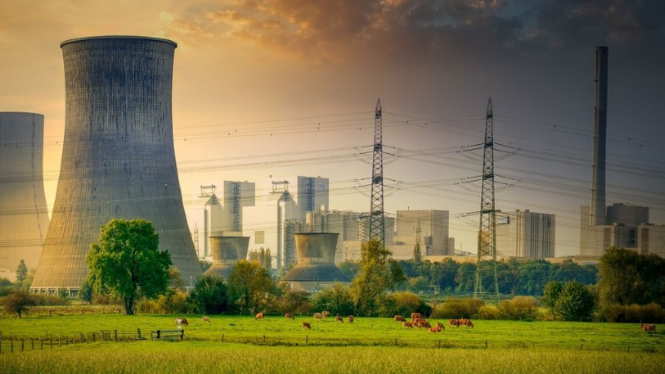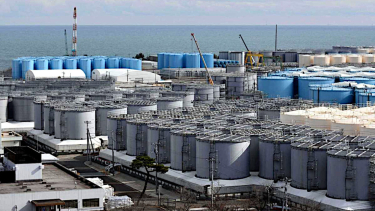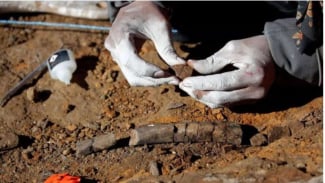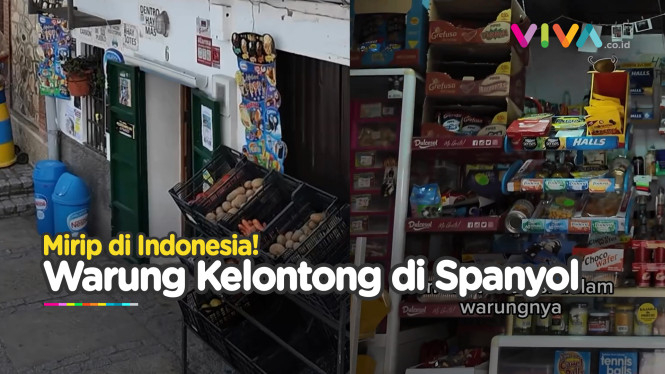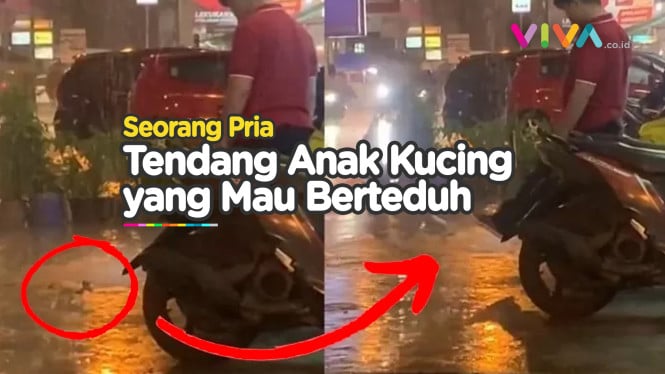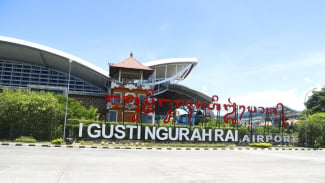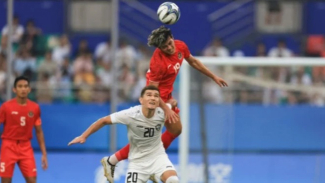- Pixabay.
Fukushima – The operator of the wrecked Fukushima, Japan nuclear plant began tests on Monday of newly constructed facilities for discharging treated radioactive wastewater into the sea, a plan strongly opposed by local fishing communities and neighboring countries.
Plant workers examined pumps and emergency shutdown equipment at the newly constructed seaside facility, which will dilute the treated water with large amounts of seawater.
The diluted water then enters an undersea tunnel and is released into the ocean about one kilometer from the coast.
The undersea tunnel and other key facilities are near completion. TEPCO said that the voluntary tests are expected to continue for about two weeks ahead of mandatory pre-operation checks to be conducted by the Nuclear Regulation Authority, possibly in early July.
Limbah nuklir
- Chinadaily
Japan’s government announced plans in April 2021 to gradually release the treated but still slightly radioactive water following its dilution to what it says are safe levels.
Japanese officials explained the water currently stored in about a thousand tanks at the plant, needs to be removed to prevent accidental leaks in case of an earthquake and to make room for the plant’s decommissioning.
The plan has faced fierce protests from local fishing communities concerned about safety and reputational damage. Nearby countries, including South Korea, China and Pacific Island nations, have also raised safety concerns.
Then, Japan’s government has set up a fund to promote Fukushima seafood and provide compensation in case sales fall due to safety concerns.
Fishing officials said they remain opposed to the plan when they met Industry Minister Yasutoshi Nishimura on Saturday when he visited Fukushima and the neighboring prefectures of Ibaraki and Miyagi.
“We stand by our opposition,” said Tetsu Nozaki, head of the Fukushima prefectural fisheries association.
Nozaki, however, said the association supports progress in the plant’s decommissioning and hopes to continue the dialogue, “At the moment, our positions remain wide apart.”
Meanwhile, in South Korea, fishermen staged a rally in front of the National Assembly in Seoul on Monday against the plan to release treated radioactive water.
Japanese officials say the diluted water will be released into the ocean over decades, making it harmless to people and marine life. Japan has sought support from the International Atomic Energy Agency to gain credibility and ensure safety measures meet international standards.
Some scientists stated that the impact of long-term, low-dose exposure to radionuclides is unknown and the release should be delayed.
A massive March 11, 2011, earthquake and tsunami destroyed the Fukushima Daiichi nuclear plant’s cooling systems, causing three reactors to melt and releasing large amounts of radiation.
The tanks storing the water used since the accident to cool the reactor cores will reach their capacity in early 2024.

